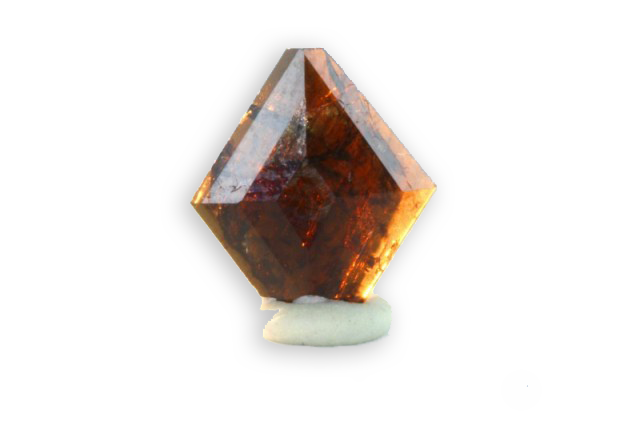
moderate
Je vous emmène à travers mes vidéos découvrir mon expérience acquise depuis plus de 30 ans a silloner le globe entier à la recherche de pierres précieuses, de rencontre mémorables mais aussi de difficulté parfois …
actualités
Categories

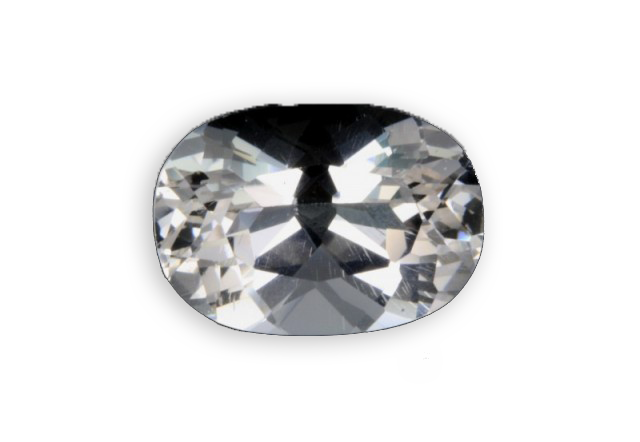
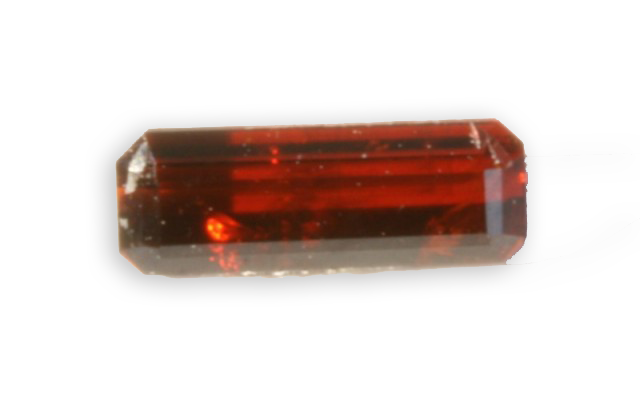
chondrodite
ck_admin
March 24, 2021
Discovered in 1817, its name comes from the Greek “chondros” which means grain in connection with its well-formed crystals, isolated in the form of grains.
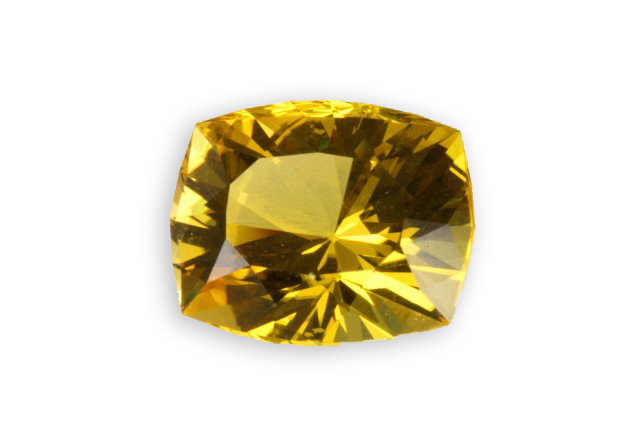
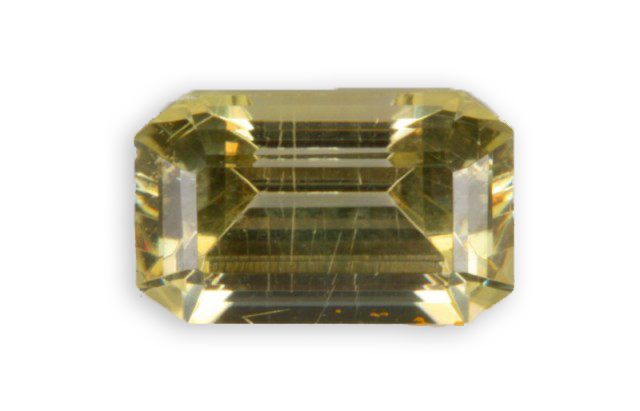
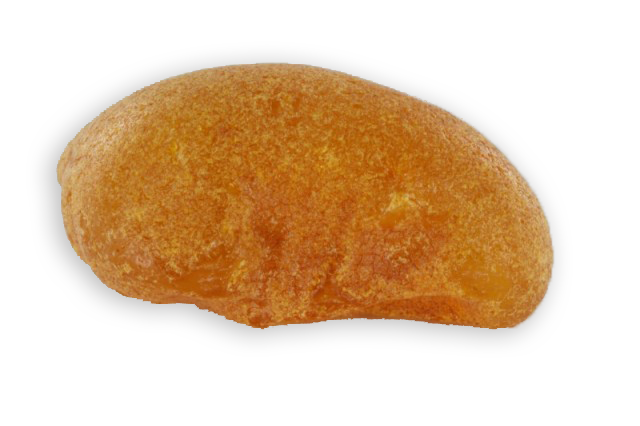
amber
ck_admin
March 24, 2021
It is a product of plant origin, the fossilized resin of some conifers (pine, redwood, cypress, cedar …) and some angiosperms (legumes, Umbelliferae, Liliaceae). The amber from the Dominican Republic was produced by a kind of tropical tree, now extinct, ancestor of the carob tree,



